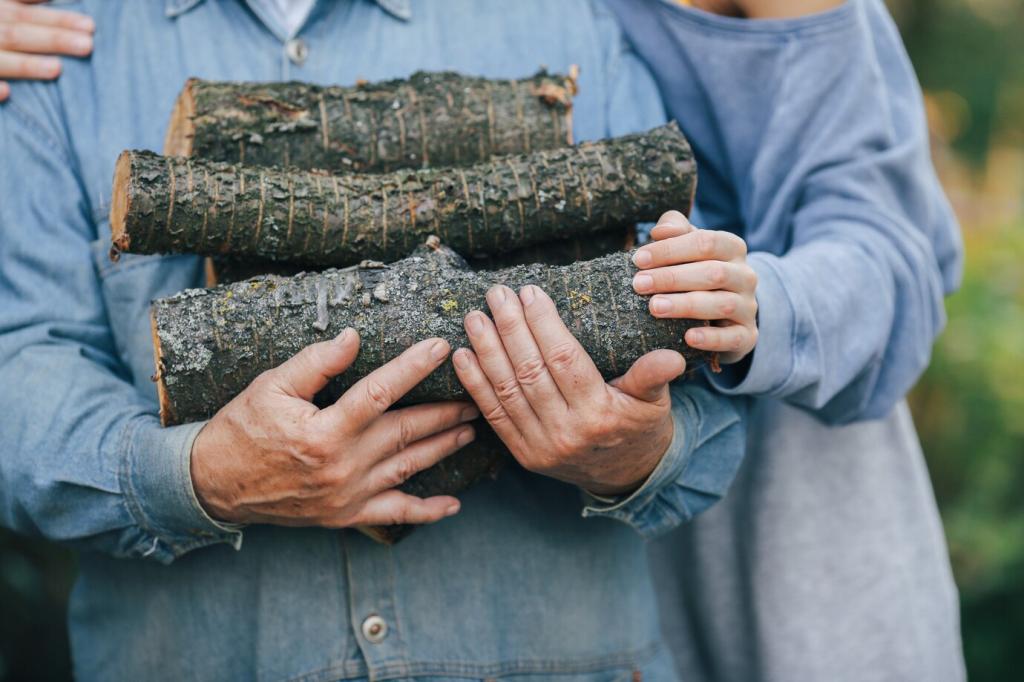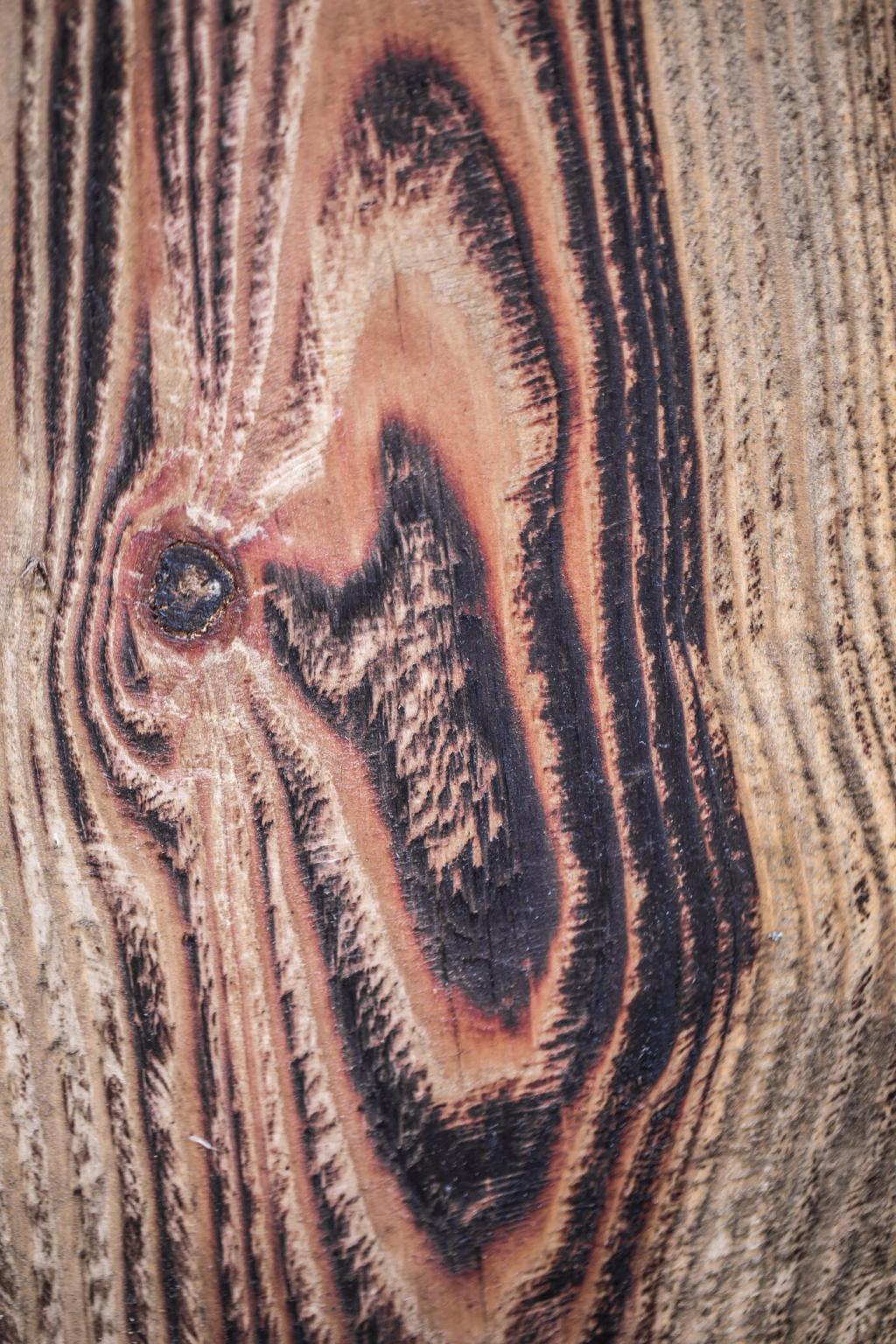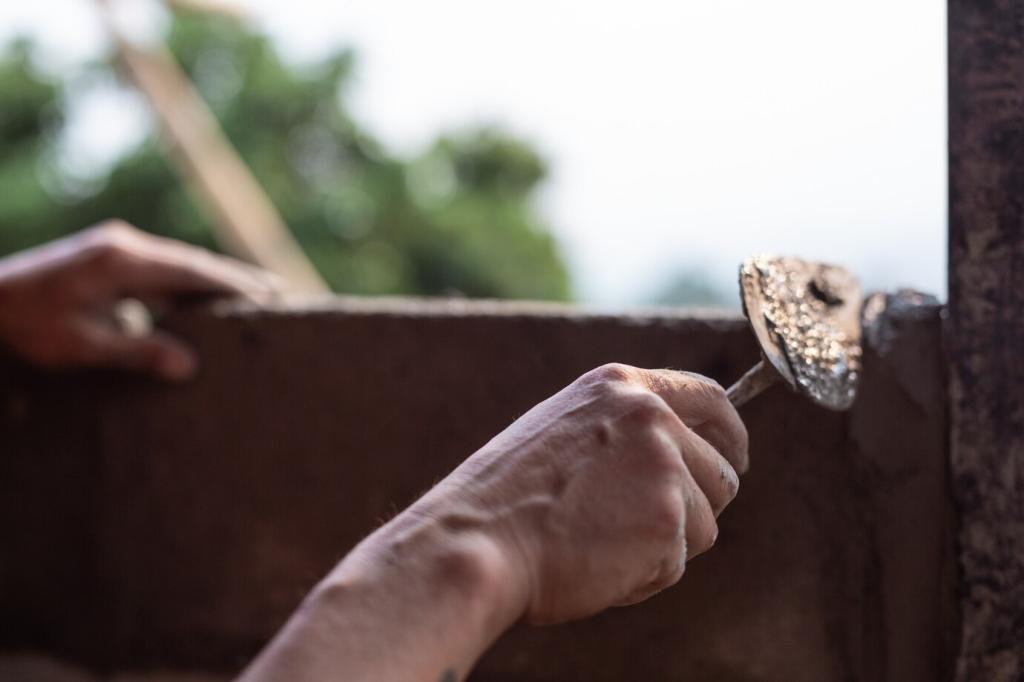
Welcome to Natural Wood Preservatives
Step into a world where wood breathes easy. Today’s chosen theme: Natural Wood Preservatives. Discover time-tested oils, minerals, and recipes that protect wood beautifully—without harsh chemicals. Join our community, subscribe for fresh tips, and share your projects with us.

Why Natural Wood Preservatives Matter
Natural preservatives slow moisture exchange, resist UV damage, and deter pests while letting wood move as seasons change. The result is durability that respects the material’s nature. Tell us: which part of your home needs gentle, long-lasting protection most?

This is the heading
Lorem ipsum dolor sit amet, consectetur adipiscing elit. Ut elit tellus, luctus nec ullamcorper mattis, pulvinar dapibus leo.

This is the heading
Lorem ipsum dolor sit amet, consectetur adipiscing elit. Ut elit tellus, luctus nec ullamcorper mattis, pulvinar dapibus leo.
Mineral Allies and Natural Additives
Borax and boric acid solutions diffuse into sapwood, discouraging termites and rot. Apply to bare wood before oiling, then let dry thoroughly. Have you measured moisture content after treatment? Share your data and help refine community best practices.

Mineral Allies and Natural Additives
Finely ground zinc oxide and mineral pigments add subtle UV resistance and color. Blend small amounts into oils for outdoor pieces. Start with test boards, take notes under sunlight, and report your results so readers can replicate your winning formulas.
Application Techniques for Real-World Results
Surface Preparation That Sets the Stage
Raise grain with a damp cloth, sand lightly, and vacuum thoroughly. Wipe with alcohol or mild soap solution to remove oils. Proper prep ensures deep, even penetration. Tell us your favorite grit progression and why—it might be featured in our next roundup.
Warm, Thin Coats and Patient Curing
Slightly warm the oil and the wood for improved flow, then apply sparingly and wipe off excess within minutes. Allow generous oxygen exposure between coats. Track your curing times and ambient conditions, then share results for community-tested timelines.
Burnishing and Final Buff
After the last coat cures, burnish with a soft cloth or wood shavings to raise luster without plastic shine. This step compresses fibers, enhances water beading, and feels delightful. Post a short clip of your buffing technique and inspire new makers.
Stories from the Workshop
A reader restored a century-old oak table with pure tung oil, then maintained it with a quarterly wax refresh. Sauces wiped away, water rings vanished, and the grain glowed. Share your toughest spill test—we’ll compile the best real-life stress trials.
Sustainability and Safety Considerations
Look for cold-pressed oils, sustainably harvested waxes, and transparent suppliers. Avoid vague “finishing oil” labels. When in doubt, ask for safety data sheets. Share trusted sources or questions below—we vet suggestions and update our community directory.
Sustainability and Safety Considerations
Even natural finishes need oxygen and airflow. Cross-ventilate, track temperature and humidity, and store rags safely to prevent combustion. Subscribe for our printable workshop checklist and let us know your favorite ventilation hacks for small spaces.
Maintenance Calendars and Weather Challenges
In spring and fall, inspect for dryness, graying, or raised grain. Spot-treat with a thin oil coat rather than waiting for full failure. Post your regional calendar so readers in similar climates can borrow your schedule and stay ahead of the curve.
Maintenance Calendars and Weather Challenges
South-facing pieces need more UV mindfulness. Add pigment, increase recoat frequency, and document color changes. Keep a photo log from the same angle each season, then share your timeline—your observations help others predict realistic maintenance intervals.
Maintenance Calendars and Weather Challenges
For wet or busy areas, favor hard-curing oils with periodic wax refreshes. Wipe spills quickly, use trivets, and embrace routine care. What has held up best around your sink or stove? Comment with details and we’ll compile a community durability chart.
DIY Recipes and Common Mistakes to Avoid
Simple Wax-Oil Polish
Melt 1 part beeswax with 3 parts walnut or tung oil over gentle heat, add a pinch of zinc oxide if desired, cool, and apply thinly. Share your favorite scent additions—like cedar or citrus—and we’ll publish a reader-tested fragrance guide.
Avoid Over-Application
Too much oil suffocates the surface and stays tacky. Flood, then wipe to a whisper-thin film. If it still feels wet after thirty minutes, you waited too long. Tell us your timing tricks so newcomers can master the wipe-off window confidently.
Respect Curing Time
Natural finishes need oxygen and patience. Rushing assembly traps solvents and weakens films. Track fingerprints: if the surface stops smudging, you’re close. What curing timelines work in your climate? Subscribe and share data to power our community charts.
